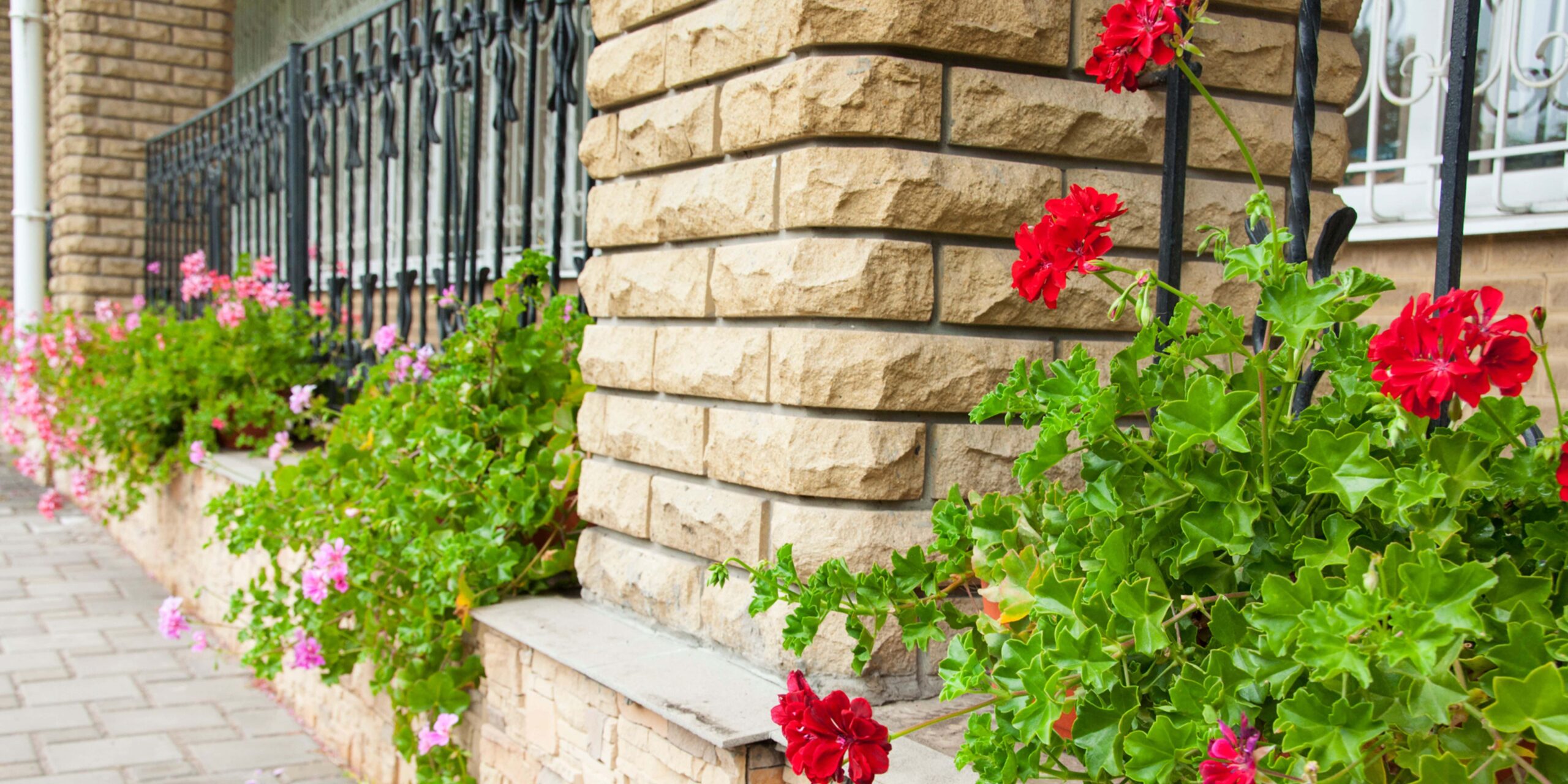Controlling moisture in masonry is essential for maintaining the structural integrity and longevity of buildings. Excess moisture can lead to a myriad of issues, including mold growth, deterioration of masonry materials, and compromised indoor air quality. To ensure the durability and performance of masonry structures, it’s crucial to implement effective moisture control measures. Let’s explore some key strategies for controlling moisture in masonry:
Proper Drainage
One of the most important aspects of moisture control in masonry is ensuring proper drainage around the building foundation. Installing adequate drainage systems, such as gutters, downspouts, and French drains, helps divert rainwater away from the foundation and prevent water from seeping into the masonry.
Waterproofing
Applying waterproof coatings or sealants to masonry surfaces can help prevent water infiltration and protect against moisture damage. Waterproofing products create a barrier that repels water while allowing the masonry to breathe, reducing the risk of moisture buildup and mold growth.
Vapor Barriers
Installing vapor barriers on the interior side of masonry walls helps prevent moisture vapor from entering the building envelope. Vapor barriers can be made of various materials, such as plastic sheeting or specialized membranes, and are particularly important in humid climates or areas with high moisture levels.
Proper Ventilation
Adequate ventilation is essential for controlling moisture in masonry structures. Proper ventilation allows moisture to escape from enclosed spaces, such as attics, crawlspaces, and wall cavities, reducing the risk of condensation and mold growth. Installing vents, fans, or ventilation systems helps promote air circulation and moisture removal.
Masonry Repairs
Regular inspection and maintenance of masonry structures are essential for identifying and addressing any signs of moisture damage promptly. Cracks, gaps, and deteriorated mortar joints can allow water to penetrate the masonry, leading to moisture-related issues. Repairing and repointing damaged masonry helps maintain the integrity of the structure and prevent moisture infiltration.
Proper Flashing and Caulking
Ensuring proper installation of flashing and caulking around windows, doors, and other openings in masonry walls is crucial for preventing water intrusion. Flashing directs water away from vulnerable areas, while caulking seals gaps and joints to prevent water penetration.
Grading and Landscaping
Proper grading and landscaping around the building foundation help prevent water from pooling near masonry walls. Sloping the ground away from the foundation and installing landscaping features, such as mulch beds and vegetation, helps absorb excess moisture and promote drainage
Humidity Control
Maintaining optimal indoor humidity levels is important for controlling moisture in masonry structures. Using dehumidifiers, air conditioners, or HVAC systems with humidity controls helps regulate indoor humidity levels and prevent moisture-related problems.
By implementing these moisture control strategies, property owners can protect their masonry structures from moisture damage and ensure their long-term durability and performance. Regular inspection, maintenance, and proactive measures are key to effectively managing moisture in masonry and preserving the integrity of buildings for years to come.


